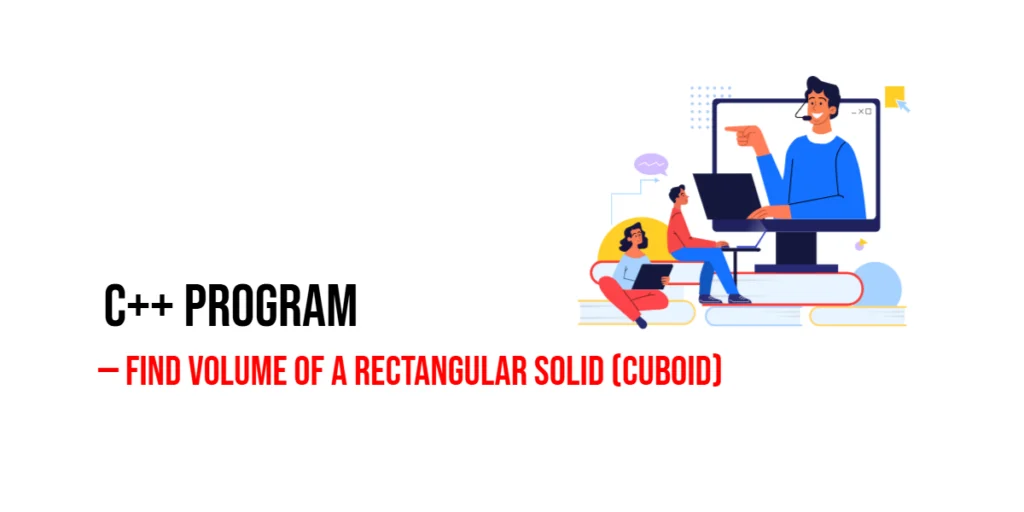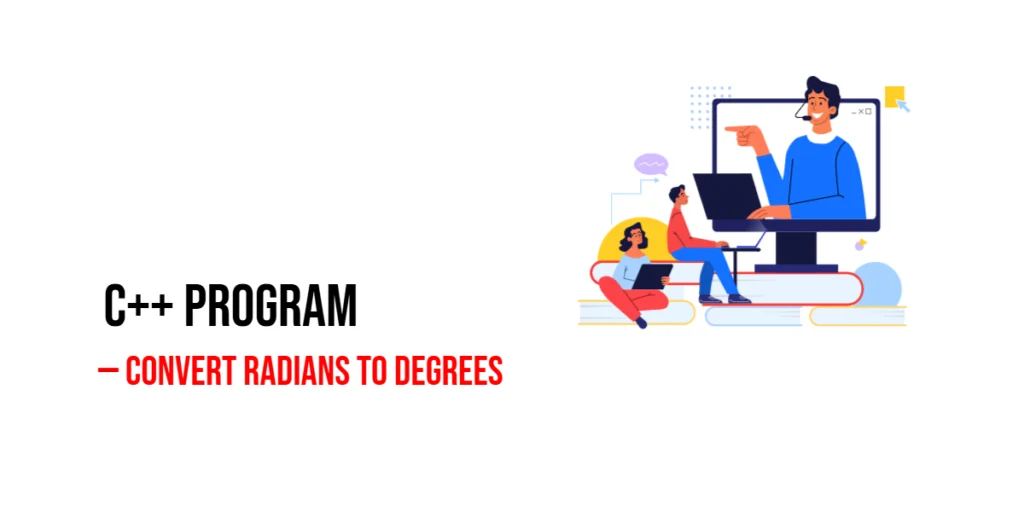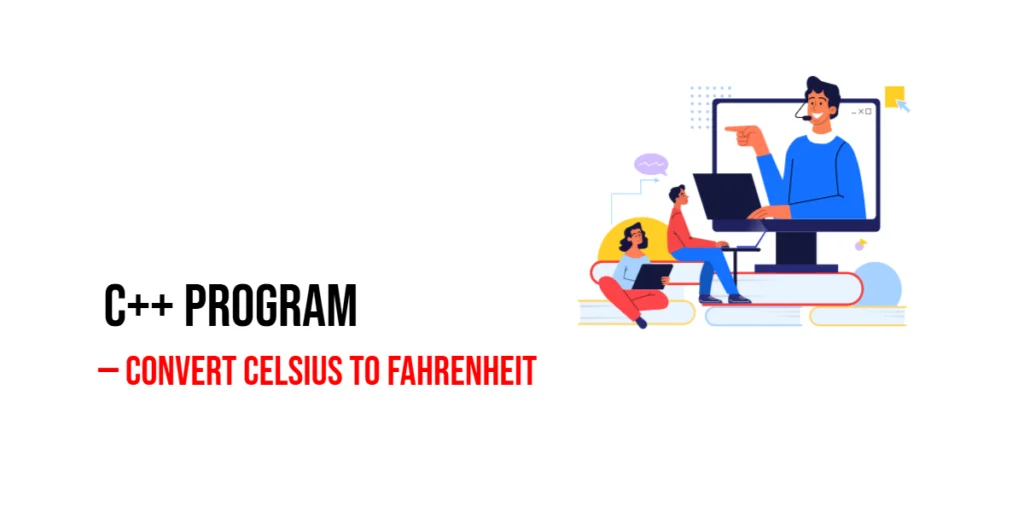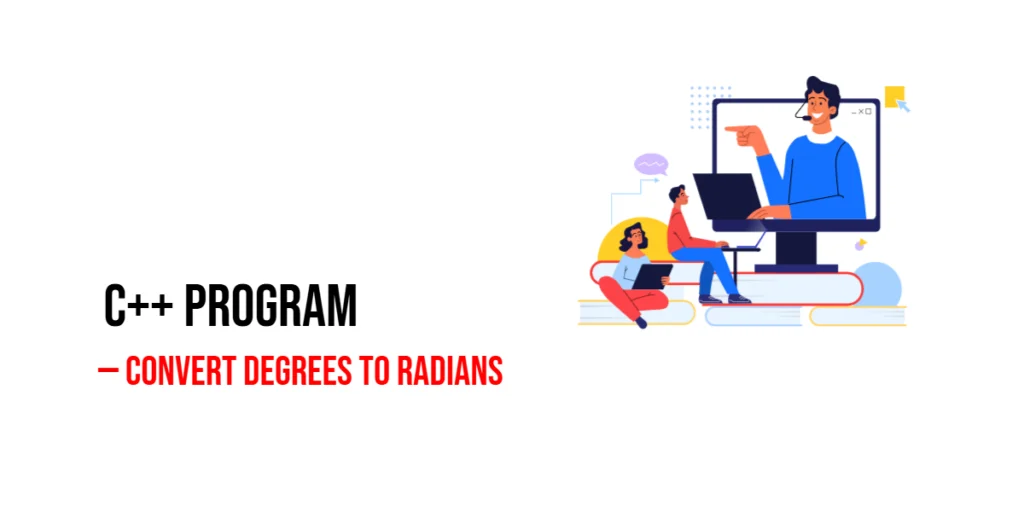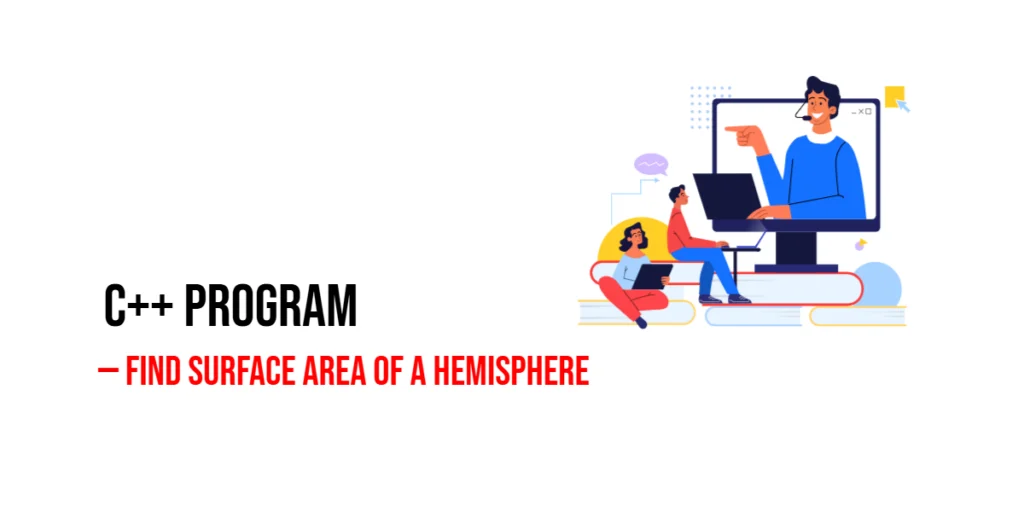C++ Program to Find Volume of a Rectangular Solid (Cuboid)
Understanding how to calculate the volume of a rectangular solid, or cuboid, is a fundamental exercise for beginners learning C++. The volume tells us how much space an object occupies and is widely used in fields like engineering, construction, and computer graphics. Implementing this in C++ provides beginners a chance to practice arithmetic operations, user […]
C++ Program to Find Volume of a Rectangular Solid (Cuboid) Read More »
